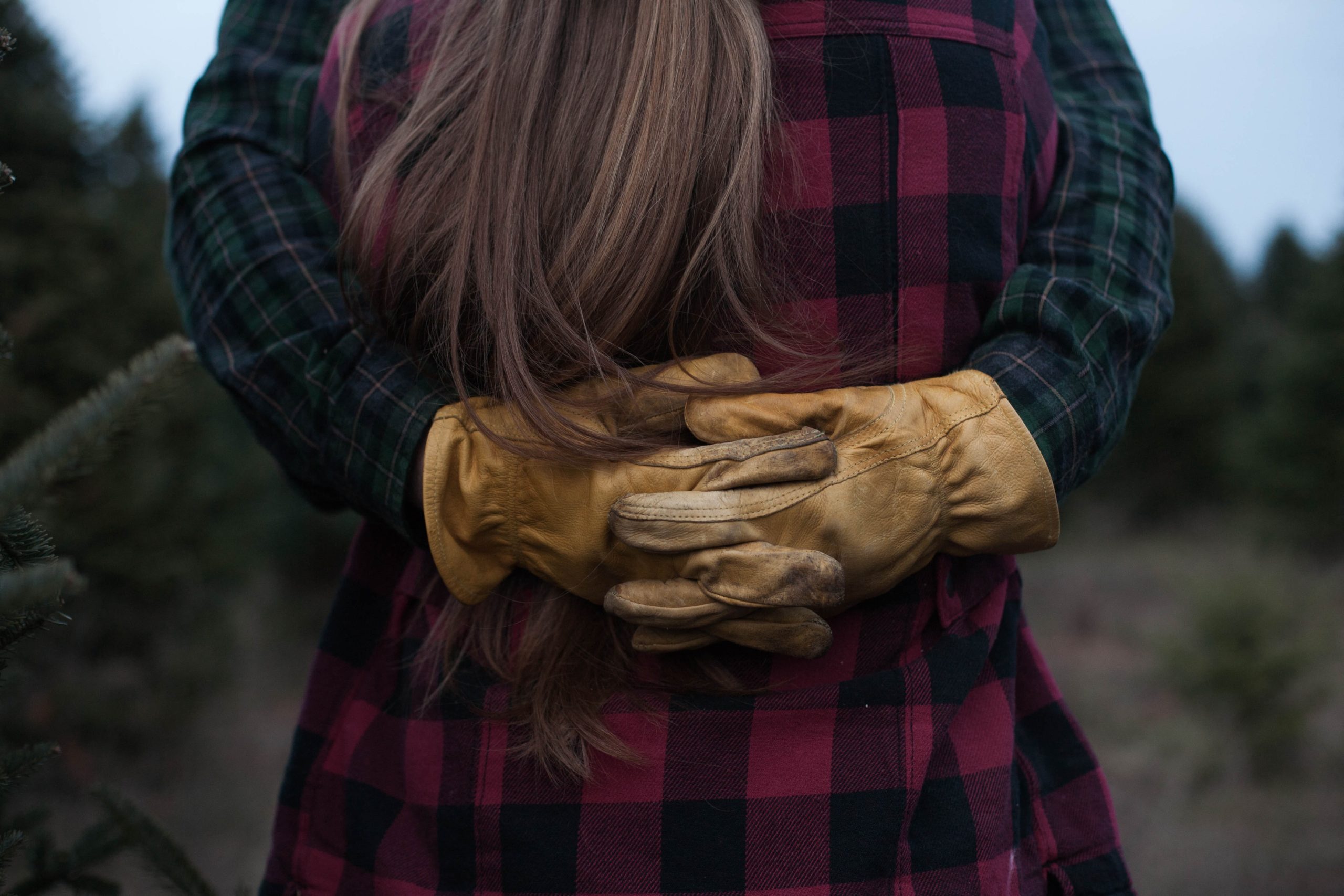Insights
Big City Boy + Small Town Girl = Holiday Magic: The Urban-Rural Divide as Depicted By Hallmark.

The time I’ve spent watching (objectively bad) Christmas movies is getting to the point of being better quantified in days, not hours. There’s just something so comforting and cathartic about the formulaic plotlines, picturesque landscapes, and wholesome family fun.
Each of these hokey flicks seems to have a small handful of tropes in its toolbox that it pulls from to try and create a movie that is somehow both unique and thoroughly recognizable. These cutesy features highlight the urban-rural divide, while also belying the harsher realities of small-town America.
The Hallmark Trope-box:
The Hunk: The male lead falls into one of two categories, but either way he has abs:
- The City Hunk: Lives and works in a city, is out of touch with his roots, and needs to rediscover the magic of the holiday season.
- The Country Hunk: Drives a pickup truck, respects women, and loves his mother.